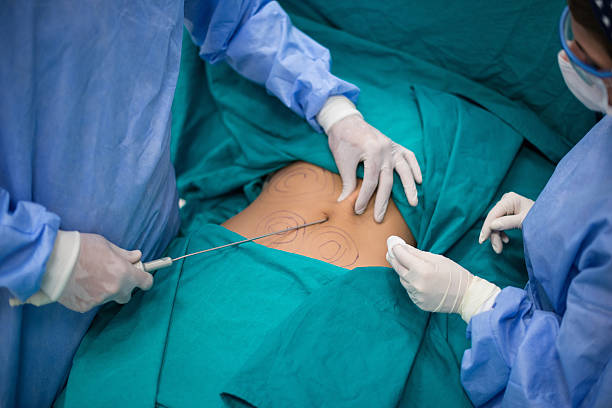Liposuction has become a popular cosmetic procedure for those looking to achieve their ideal body shape. This minimally invasive technique has helped countless individuals regain confidence in their appearance by targeting and removing unwanted fat deposits. In this article, we will explore the ins and outs of liposuction, including its benefits, potential risks, and frequently asked questions.
Introduction
Liposuction, often referred to as lipo, is a cosmetic surgery procedure designed to remove excess fat from various areas of the body. Whether you’re struggling with stubborn love handles, a double chin, or excess fat around your thighs, liposuction can help sculpt and contour your body. This procedure is not a substitute for a healthy lifestyle, but it can be an effective way to address localized fat deposits that are resistant to diet and exercise.
How Liposuction Works
Liposuction is typically performed under local or general anesthesia, depending on the extent of the procedure. Here’s an overview of how it works:
- Preparation: The area to be treated is marked, and the patient is prepared for the surgery. Anesthesia is administered to ensure comfort during the procedure.
- Incision: Small incisions are made near the treatment area.
- Fat Removal: A thin tube, called a cannula, is inserted through the incisions to break up and suction out excess fat.
- Closing Incisions: Once the desired amount of fat is removed, the incisions are closed, and the patient is given time to recover.
Benefits of Liposuction
Liposuction offers several advantages, including:
- Improved Body Contour: Liposuction can enhance body contours and create a more balanced, sculpted appearance.
- Permanent Results: The fat cells removed during liposuction do not come back, providing lasting results.
- Minimal Scarring: The incisions made during the procedure are typically small, resulting in minimal scarring.
- Boosted Confidence: Achieving the desired body shape can boost self-esteem and confidence.
Potential Risks and Considerations
While liposuction is generally safe, it’s essential to be aware of potential risks, including:
- Infection: As with any surgical procedure, there’s a slight risk of infection.
- Bruising and Swelling: Some postoperative bruising and swelling are normal.
- Uneven Results: Achieving perfectly symmetrical results can be challenging.
- Skin Irregularities: In some cases, the skin may appear uneven or dimpled after liposuction.
Is liposuction a weight-loss method?
No, liposuction is not a weight-loss method. It is best suited for individuals who are at or near their ideal weight but have localized fat deposits that are resistant to diet and exercise.
How long is the recovery period after liposuction?
The recovery period varies depending on the extent of the procedure but typically ranges from a few days to a few weeks.
Are the results of liposuction permanent?
Yes, the results of liposuction are permanent. The fat cells removed during the procedure do not grow back.
Conclusion
Liposuction can be a valuable tool for those seeking to achieve their ideal body shape and improve their self-confidence. While it offers many benefits, it’s essential to consult with a qualified plastic surgeon to determine if liposuction is the right option for you and to discuss any potential risks or concerns. Remember that maintaining a healthy lifestyle, including a balanced diet and regular exercise, is crucial for long-term success. If you’re considering liposuction, schedule a consultation with a board-certified plastic surgeon to discuss your goals and create a personalized treatment plan.

